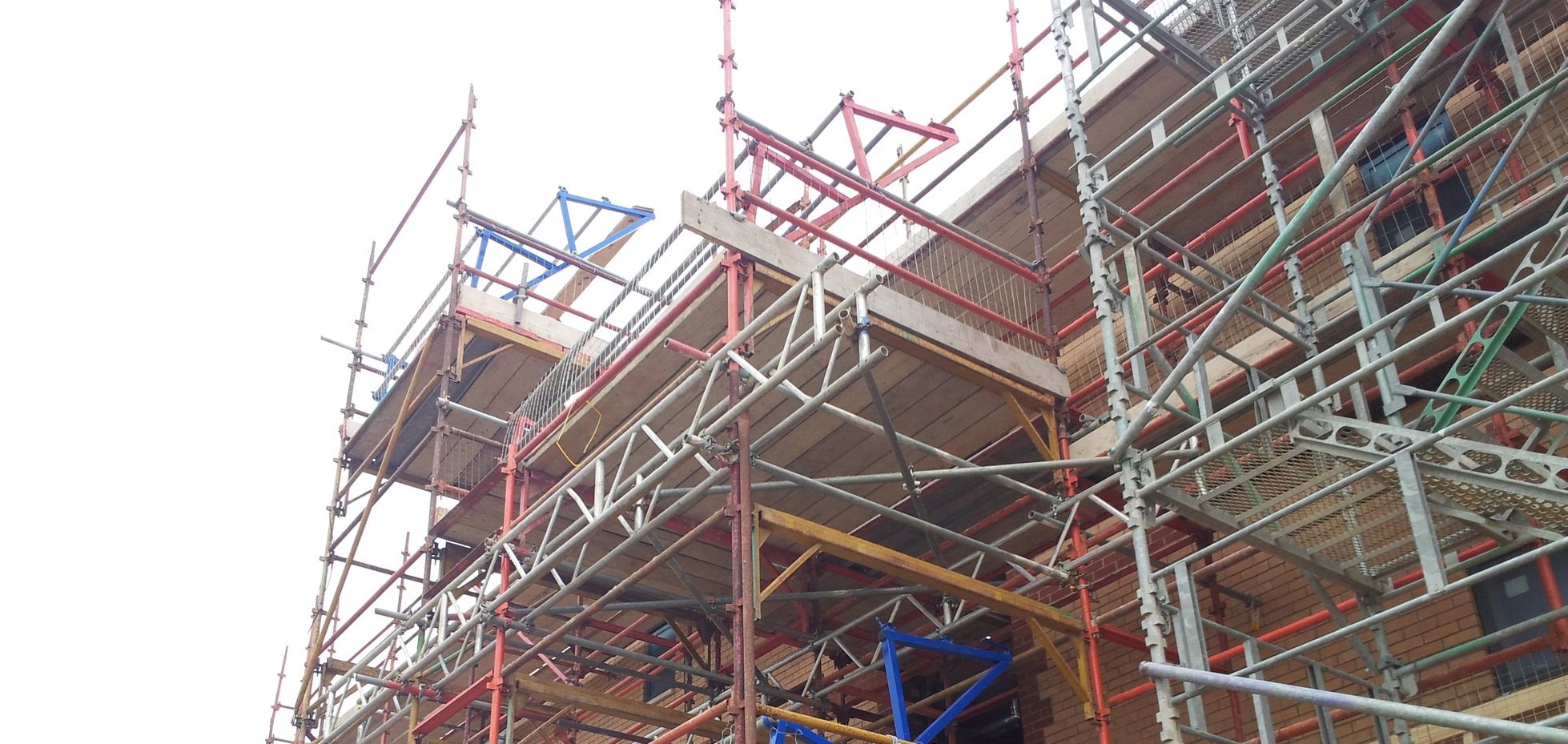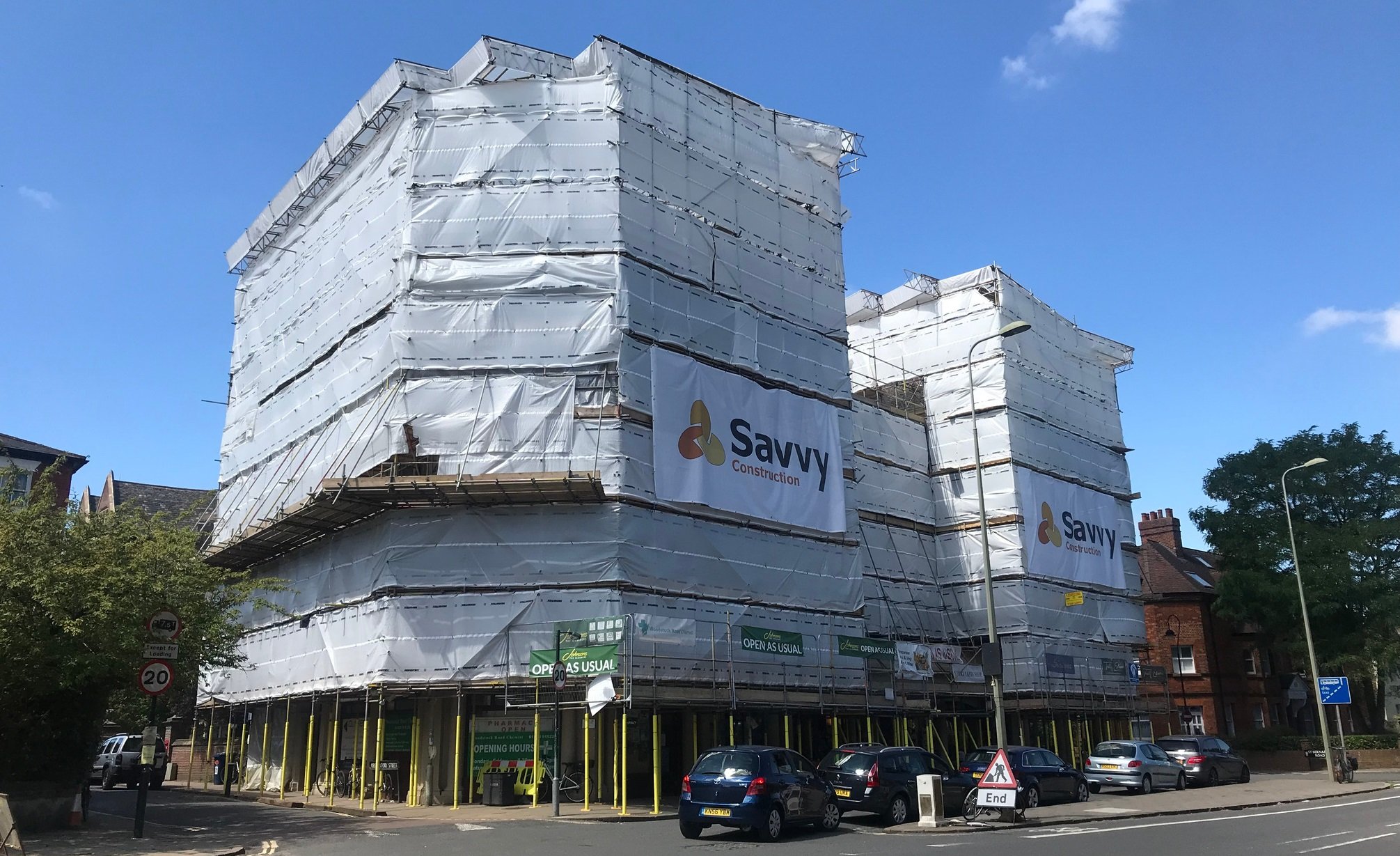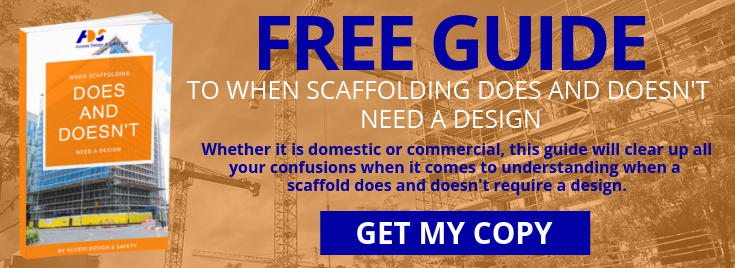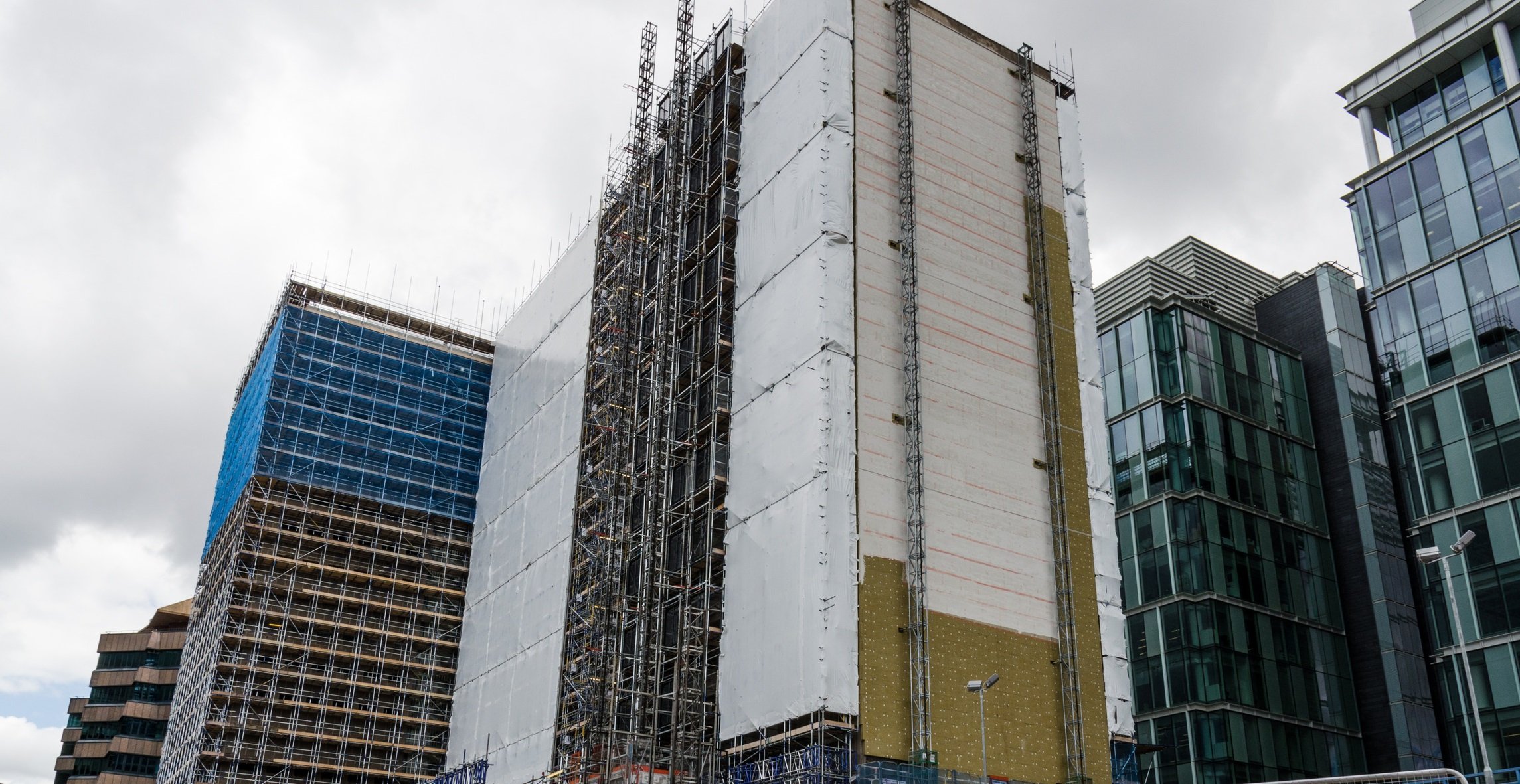Introduction
Whether work is taking place on a domestic or commercial property, one of the main considerations that clients have is whether scaffolding arrangements require a design. While the HSE has compiled a useful list of scaffold arrangements that need a design prior to work taking place, it’s understandable that confusion sometimes arises.
Historical practices throughout the scaffolding industry and documents which highlight when scaffolding needs a design – such as the TG20:21 guidance literature - often clash.
That’s not to say TG20:21 isn’t specific or prescriptive in regard to the requirements of scaffolding which can be erected without further design requirements – factors such as the estimated wind load, whether the scaffolding is netted/sheeted, where the scaffolding is located etc. are usually taken into consideration. Ultimately, your scaffold configuration could meet some or all of these criteria, but perhaps the ultimate guidance as to whether you need a design is to consider what your
customer wants.
It’s possible to argue that certain scaffold configurations won’t require a design if it complies with the British Standard/TG20. In these circumstances a TG20:21 compliance sheet can be used instead of a full design. However, if your customer insists on a design, in most cases you’ll have no choice but to provide one. Most large-scale contractors won’t allow scaffolds to be erected on-site without a design. These designs often form a vital component of the contractors’ Health & Safety management – and furthermore, designs are useful to co-ordinate all tradespersons who may need to use the scaffold.
What Scaffolds Require A Design?
Essentially any scaffold where Tube & Fittings have been used and a TG20:21 compliance sheet cannot fully cover all aspects of the scaffold, should be designed. The following is a list of the more common scaffold arrangements that DO require a design, although there may be some caveats (listed in brackets):
|
|
Which Scaffolds Don’t Require A Design?
The following configurations can be erected without the need for a design by a competent person, although a TG20:21 compliance sheet should be used instead:
|
What Should A Scaffold Design Include?
The Work at Height Regulations (2005) state that unless scaffolding is assembled to a recognised configuration (such as TG20, as previously mentioned) then it must be designed by a competent person, by bespoke calculation. This will ensure the scaffold will have the required rigidity, strength and stability during erection, use and dismantling.

At the beginning of the planning stage, the user should be willing to provide all relevant information to the scaffolding contractor to ensure the proper design process is adhered to. This information will usually include:
|
Once this information has been ascertained, the contractor or scaffold designer should then provide all relevant information about the scaffold. This typically includes:
|
Legal Requirements For Scaffolding
All scaffolds must by erected, altered and dismantled in a safe manner. This can be achieved by referring to the guidance given by the NASC (National Access & Scaffolding Confederation) in a document called SG4: Preventing Falls in Scaffolding. Contractors should also follow similar guidance provided by the manufacturers of their scaffolding system, or by consulting Access Design & Safety literature at www.designsafe.co.uk
Contractors should also be aware that any proposed alterations or modifications which take a scaffold outside of a generally recognised TG20 configuration must be designed, checked and proven via calculation by a competent person.

Competence & Supervision Guidelines
Employees must be competent for the scaffolding work they undertake and must receive appropriate training which is relevant to the complexity of the scaffolding they are working with. Employers are expected to provide appropriate supervision and should take into account the complexity of the work involved when considering the level of training/competence required by its scaffolders.
At the very minimum, each scaffold team should contain a competent person who has received appropriate training for the type of scaffold the team are working with, which covers how to erect, alter and dismantle the scaffold. Any trainee or apprentice scaffolders should always be directly supervised by a competent person. All operatives who have yet to complete approved training methods and assessments should be considered “trainees”.

Supervision Criteria For Scaffolds That Require A Design
Complex structures which fall under the category of requiring a design should be erected under the direct supervision of an advanced scaffolder. An advanced scaffolder is a person who has received training for a specific system or complex scaffolding configuration. They should be up-to-date with all of the latest HSE guidance and have a working knowledge of good working practices within the scaffold industry. Advanced scaffolders should be able to deliver pre-job briefings and regular “toolbox talks” on-the-job to keep all employees informed of the risks involved with each particular task.

Inspecting A Scaffold
It's important to understand that regardless of whether a scaffold requires a design or not, it is the responsibility of the user to ensure that it has been inspected as follows:
|

Inspections should be carried out by a worker with the appropriate training, knowledge and experience to understand both simple and complex scaffolding designs. Competence can be assessed under the CISRS (Construction Industry Scaffolders Record Scheme) or the person may have requisite knowledge from attending a training seminar hosted by the manufacturer of the scaffolding set being used.
Non-scaffolders who have attended a relevant scaffold inspection course (such as a project manager) could also be considered competent enough to inspect basic scaffold structures, although complex structures which fall into the “require a design” category should ideally be inspected by an advanced scaffolder.
Inspection reports should clearly state any risks or defects, along with a list of any corrective actions put into place – even if the actions are undertaken promptly (as soon as they are noticed).

